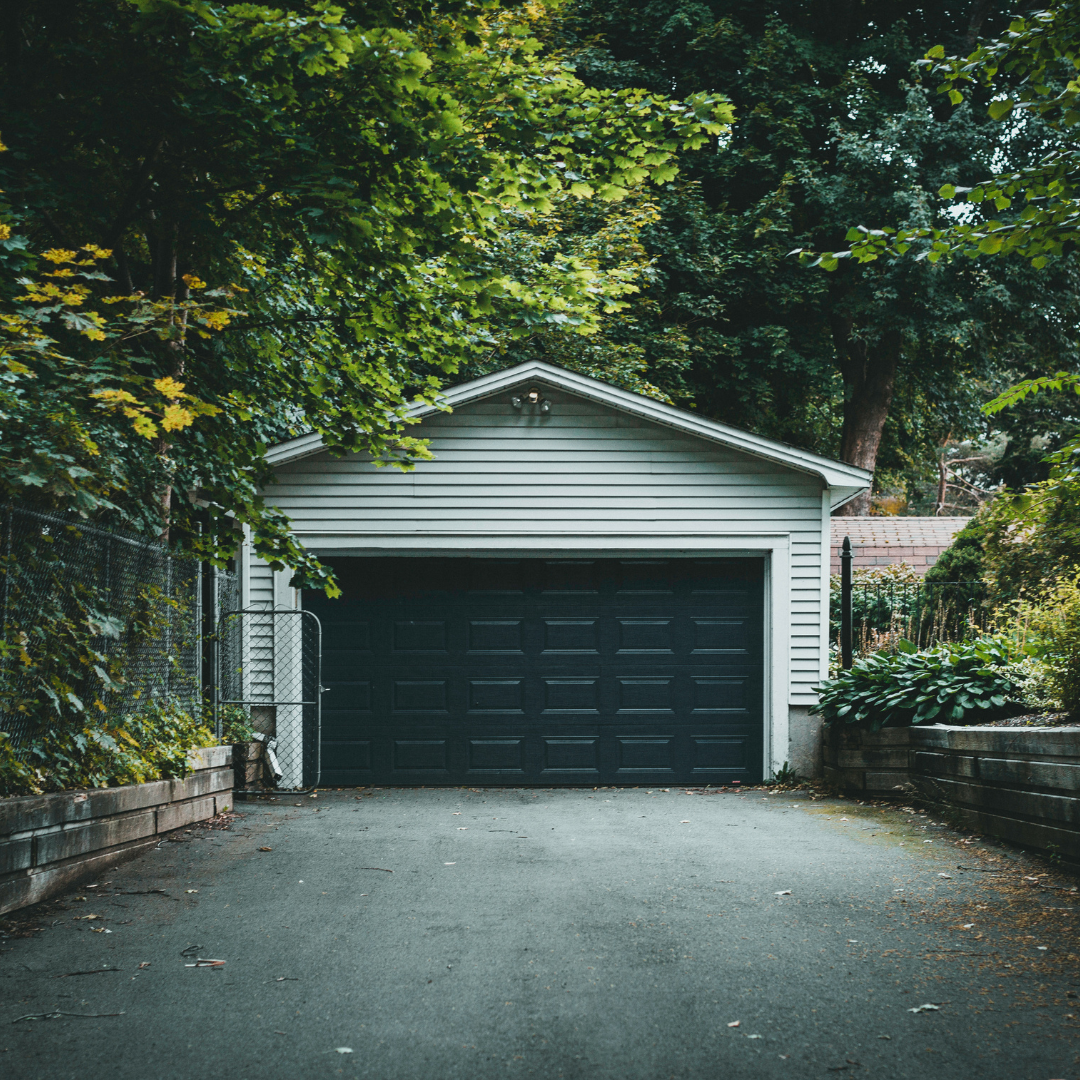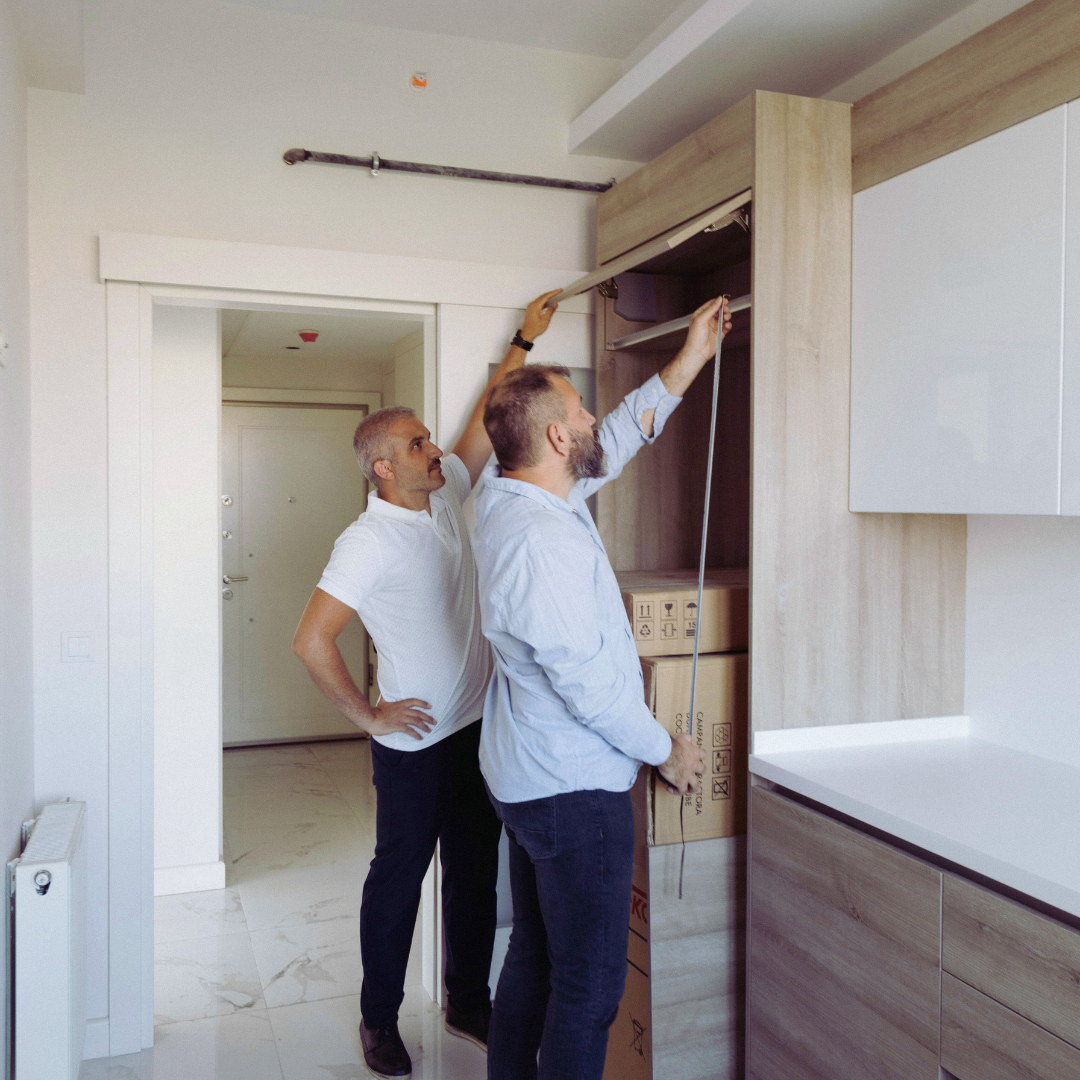Have you ever looked at your garage and thought, “What if this could be more than just a storage room?” Converting your garage into a living space is a brilliant way to add usable square footage to your home without the need for expensive extensions. But how do you get from a cluttered garage to a cozy guest room or home office?
Is Converting Your Garage the Right Move?
Before we dive into the details, ask yourself a few key questions:
- Do you really use your garage for parking, or is it mostly storage?
- Could you use extra living space for a home office, guest room, or gym?
- Do local building codes allow garage conversions in your area?
If you’re nodding your head to these questions, then you’re ready to explore the possibility of remodeling your garage. Not only can it boost your home’s value, but it can also offer a functional space tailored to your lifestyle. Let’s explore how to make this dream a reality.
Step-by-Step: How to Convert Your Garage into a Living Space
1. Check Zoning Laws and Permits
First things first, you’ll need to do a bit of homework. Many cities have zoning laws or regulations that may affect whether you can convert your garage. You may need to apply for permits and ensure the conversion meets local building codes. This might sound like a hassle, but it’s crucial to avoid future legal problems.
Tip: If you’re unsure where to start, a quick visit to your local building authority or a chat with a contractor will point you in the right direction.
2. Decide the Function of the Space
Now that you know it’s possible, what exactly are you going to turn this space into? This is a critical decision that will guide the rest of your project. Popular options include:
- Guest Room – A cozy, welcoming spot for visiting friends or family. Plus, adding comfortable guest room beds and similar thoughtful touches can help your guests feel completely at ease.
- Home Office – A quiet, functional workspace that’s especially helpful if you’re working remotely and need a place to focus.
- Home Gym – A personalized workout zone where you can stay active, save on gym fees, and exercise on your own schedule.
- Studio Apartment – A self-contained living area perfect for earning rental income or offering independent space to a family member.
- Entertainment Room – A fun, relaxed space for movie nights, video games, or simply kicking back with friends and family.
Choose a function that matches your needs. It will help shape the design and layout decisions you’ll make down the road.
3. Insulation and Ventilation: Don’t Skip This Step
Garages aren’t designed to be lived in, which means they can be uncomfortable if you don’t address the basics. Insulation is a must to regulate temperature, especially if you live in an area with extreme weather. Without it, your new space could be freezing in the winter and unbearably hot in the summer.
Your garage door plays a big role here too-if it’s damaged or poorly insulated, it can let in drafts and make it harder to maintain a comfortable temperature. If you’re dealing with an outdated or faulty door, looking into garage door repair in Warrington, PA. (or another local area) can help ensure your space stays warm in the winter and cool in the summer.
Also, don’t forget ventilation. Proper airflow is essential for comfort, so you’ll likely need to add windows or install a new HVAC system, depending on your budget and needs.
4. Think About Flooring
Garage floors are usually concrete, which isn’t ideal for a cozy living area. You have a few options here. Adding subflooring with insulation can make a huge difference, both in comfort and appearance. From there, you can choose:
- Carpeting – Great for comfort but not ideal for high-traffic areas.
- Laminate or Vinyl Flooring – Durable, cost-effective, and available in a variety of styles.
- Engineered Wood – A good choice if you want a warm, natural look.
5. Lighting: Natural and Artificial
Garages are often dark and uninviting, but you can completely change that by improving the lighting. Start by bringing in natural light. Adding windows or a skylight can make a huge difference. But before you go ahead with the installation, make sure you check the building regulations for velux windows and skylights, or whichever brand you plan to use. These regulations can ensure your project meets safety, ventilation, and energy efficiency standards. By taking the time to understand the rules now, you can save yourself from unexpected issues down the line. In addition to natural light, you can focus on installing plenty of bright, artificial light as well to create an inviting atmosphere.
6. Add Plumbing and Electrical (If Needed)
Depending on how you plan to use the space, you might need to add plumbing for a bathroom or small kitchenette. You’ll also likely need to upgrade the electrical system, especially if you’re turning the garage into a home office or entertainment room. These are areas where bringing in a reputable Clarksville TN plumber or a similarly experienced electrician is almost always worth it to ensure everything is up to code.
7. Design and Decor
Now comes the fun part-designing the space! The design should reflect the purpose of the room. For example, if you’re creating a home office, go for functional yet stylish furniture and plenty of shelving or storage. For a guest room, focus on comfort with cozy bedding, soft lighting, and neutral colors that feel welcoming.
This is your chance to get creative. Think about adding personal touches like artwork, a fresh coat of paint, or even a statement piece of furniture.
8. Maximize Storage
Don’t forget-garages often serve as a storage hub for tools, bikes, and seasonal decorations. You don’t want to lose that valuable space. Consider incorporating built-in cabinets, overhead storage, or hidden storage solutions into your design so you can keep things organized without cluttering your new living area.
Is It Worth the Investment?
Converting your garage is an investment, both in time and money. But is it worth it? In most cases, yes. A well-done garage conversion can significantly increase the value of your home. Plus, it provides you with usable space that suits your lifestyle.
The cost of converting a garage will vary depending on your location, the complexity of the project, and the materials you choose. However, it’s generally far more affordable than adding a full-blown extension to your home.
Ready to Get Started?
If you’re looking for an affordable way to expand your living space, turning your garage into a functional room could be the perfect solution. With the right planning and design, your new space could be anything from a guest suite to a home office, adding value and practicality to your home. Why let your garage just gather dust when it could be so much more?





Be the first to reply